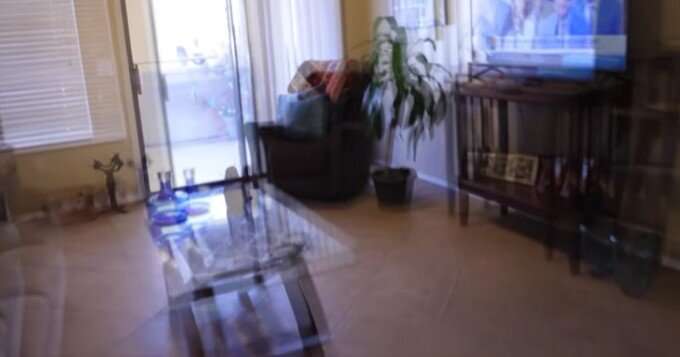Video: Visual snow, a rare disorder

Winter means snow starts falling in many parts of the country. But there's a different kind of snow that appears year-round for some people across the globe.
Visual snow, or visual static, is an uncommon neurological condition that affects around 2% of the population. In this Mayo Clinic Minute, Dr. Carrie Robertson, a Mayo Clinic neurologist, explains the rare disorder and what can be done to treat it.
"Visual snow is a disorder where patients see a type of TV static in their vision. It's almost like they have millions of tiny little dots in their vision all the time, and it's throughout their visual field," says Dr. Robertson.
Symptoms may involve flashes of light or seeing things that the brain is supposed to tune out, such as eye floaters or afterimages.
"Perhaps they'll look at a TV or some words on a piece of paper. And as they start to look away, they still see shadows left over these afterimages, and it can almost create a double vision, or a feeling that words are moving when they're trying to read," she explains.
These types of symptoms can be distracting by themselves. However, some people also suffer from additional symptoms, such as dizziness, headaches or ringing in the ears.
Dr. Robertson says that while many people who experience visual snow are born with it, secondary causes can be to blame.
"Some patients might notice this coming on after an event like a head injury, or a really severe infection or illness."
While visual snow cannot be treated, the symptoms associated with the disorder can be treated.
"We can work on different types of visual therapy, and work with visual filters to try to reduce the severity to make it easier for them to read easier for them to function," says Dr. Robertson.




















